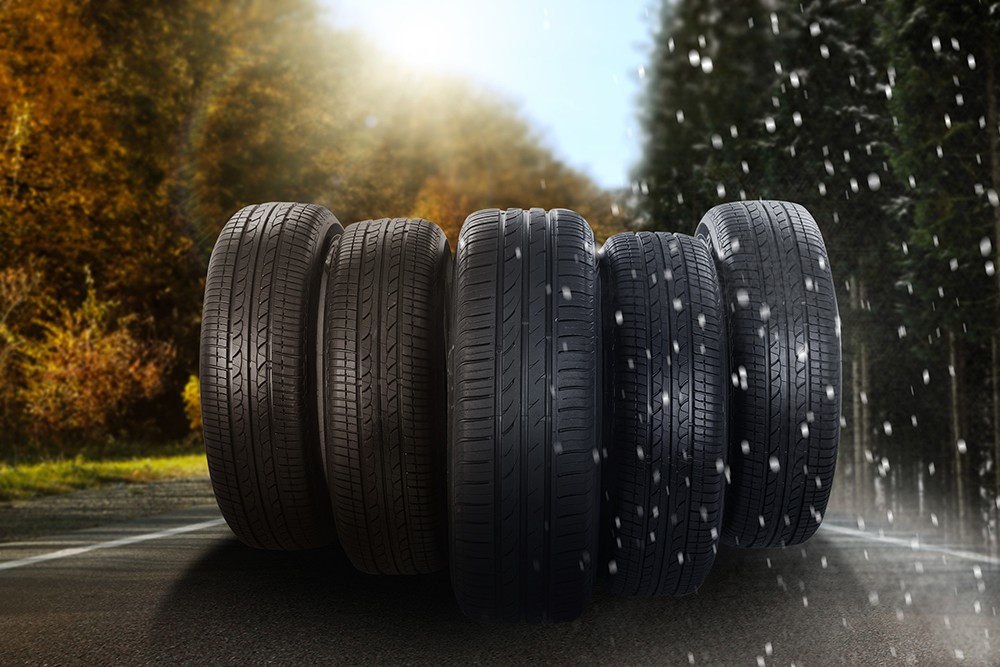How To Choose The Right Tire For All Your Summer Excursions

All road conditions are not created equally, especially during the summer. Those in the South and West get baked. Parts of the Northeast get soaked.
No matter where or when you drive, you can improve road grip by selecting the right treas for your vehicle. As you get in those last-minute vacation and long weekend drives before summer drifts away, take a few minutes to inspect the tire tread on your car, SUV or light truck.
The next question: What type of tire is best for your adventure? All-weather or all-season treads?
According to Joe Maher, product manager at Continental Tire, the similarity of tire names can create confusion when selecting your next set of treads.
All weather tires meet the “3-feet mountain snowflake” minimum requirement for the term “winter tire.” All-weather tires generally are considered applicable all-year use.
In contrast, all-season tires are not designed or certified for driving in the snow. Yet, they are the most prevalent type of tread used on most passenger vehicles.
The reason is simple: Rubber composites in all-season tires generally give them better tread life than all-weather tires. Also, they are designed for both dry and rainy conditions.
“All-season is an extremely broad tire category,” Maher explained. “You can have an all-season tire that is very close to being a winter tire and one that is very close to being a summer tire. It makes it difficult for consumers by the definition to pick a tire that is capable of working in winter conditions.”
Which type of tire you should get—all-season or all-weather—depends on where you live and where you drive.
In cold climates where snow is cleared away frequently, an all-weather tire offers better grip for icy conditions. Also, drivers who live in places with infrequent snow also can benefit from the traction offered by all-season tires.
“If you live in Maine or the Dakotas where the roads get lots of snow and don’t get plowed frequently, the mixture of having standard all-season tires for use in three seasons plus an additional set of winter tires is your best bet,” he said.
All-season tires are suitable for drivers who live in temperate climates—rainy regions such as Florida or hot environments such as California and across the Sun Belt. The rubber compounds and tread design are tuned for city and highway driving whether on dry or wet roads.
Is it time to replace your treads? Here are some easy-to-remember tire tips:
- Use the classic “penny test.” Insert a Lincoln head penny into the tread. Do you see the top of Lincoln’s head? If so, your treads have less than 2/32-inch of tread left—the level at which the U.S. Department of Transportation recommends replacement.
- Look for indications in the grooves such as “tread wear bars.” Replace tires when tread wears down to the level of the bars between the grooves.
- Keep a digital note in your phone of your exact tire size. You can find it on the tire sidewall. Also, refer to your vehicle owner’s manual for more specifics on tires. Every vehicle is different.
- Ask your advisor to help choose the right tire for your driving habits. You may want an all-season, all-weather or winter tire. Each tire has different characteristics that affect traction and tread life.